How To Form Garden Rows
Whether converting an existing garden, or building one entirely from scratch, there is simply no better time to create and set up a Raised Row Garden than in the fall!
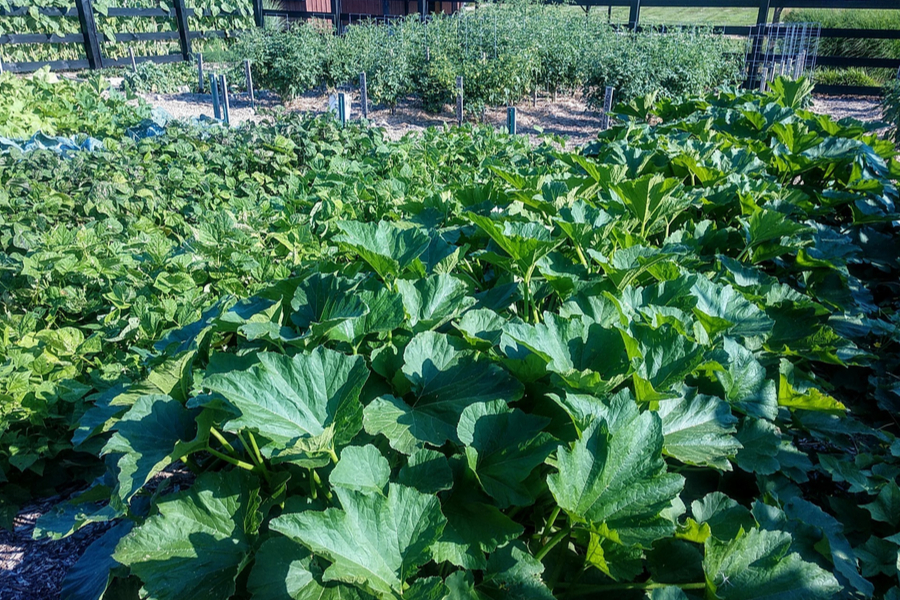
Not only will you be ready to hit the ground growing next spring, you will also be able to garden with less weeds, less work, and far better yields than ever before!
The Power Of Creating A Raised Row Garden
There is little doubt that Raised Row Gardening is catching on. It truly is the answer for those looking for a more simple, easy, and effective way to garden.
Using an inexpensive, 100 percent organic approach, it allows gardeners to raise and harvest vegetables with ease. All without the need for building expensive walls or raised beds – or the need for a rototiller!
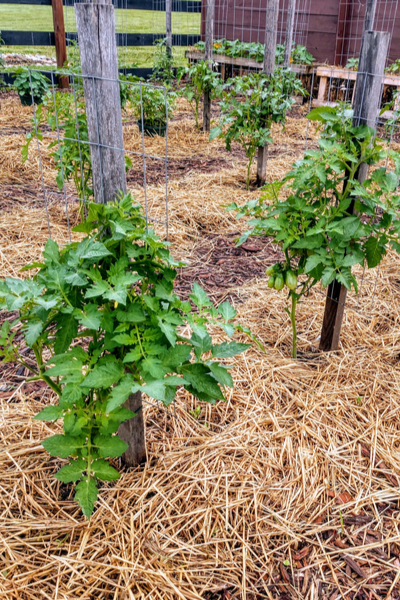
Using a combination of mulch, organic materials, and all-natural cover crops, you can grow a highly productive vegetable garden. Even better, one with far less weeding and work. In fact, year after year, it only gets easier to maintain – and more productive!
Here is a look at how to convert an existing garden, or start a new Raised Row Garden entirely from scratch this fall. In addition to the article, we also included a video below for an in-depth look at how to build your rows with ease. Be sure to check out our article, How To Grow With Raised Rows for even more great info too.
Why Setting Up Your Garden Now Is A Great Idea
Setting up a Raised Row Garden in the fall has several built-in advantages. For one, there is easy access to leaves, straw, and other organic materials to help build your rows.
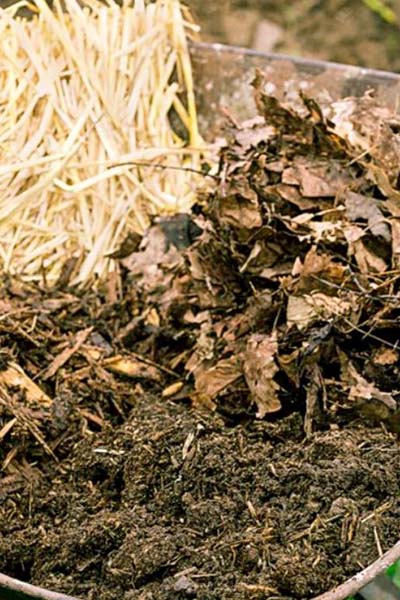
But it also allows you the opportunity to seed your garden with a no-till cover crop. One that not only recharges and builds soil fertility, but helps to keep out weed seeds and stop erosion too.
And by creating your garden this fall, you can simply mow it off and plant in the spring. No tilling, way less weeds, and best of all, way less work. How easy is that?!
Why Raised Rows
A Raised Row approach employs creating walking rows and growing rows to form the garden. This system allows you to concentrate and build resources into the growing rows, while not wasting them on the inactive walking row areas.
A Little Raised Row Video Tuturial…
In any garden setting, the majority of the space used is not where plants grow, but where you walk to maintain them. Unfortunately, in traditional garden settings, the upkeep of theses walking space takes a tremendous amount of time and resources.
Like tilling, pulling weeds and spreading valuable compost or other organic materials in areas plants will never benefit from.
But in a Raised Row Garden, the walking rows use mulch to eliminate any need for future maintenance. In addition, there is no need to apply and waste compost and other valuable nutrients to these areas.

Nor is there ever a need to till the walking rows, or any part of the garden again for that matter. Not only does approach this save time and resources, it creates far less weeds than tilling. (See: 2 Reasons You Should Never Use A Rototiller)
How To Set Up A Raised Row Garden In The Fall
Now lets take a look at how to set it all up this fall!
We create our raised growing rows approximately 18″ wide, allowing 24″ to 30″ between rows for walking space. As for the length of the row, it's totally dependent on your available garden space. (As a reference, our rows are 20′ long at the farm)
To create the growing rows, a combination of straw, leaves and compost is placed down 4 to 6″ high in the growing rows. It is important here to realize you don't have to have all three to make it work. What really matters is to get some great organic material in the mix.
Next, a few inches of topsoil goes over the organic material to finish the process. It all compresses to about 4″ to 6″ in height in the middle of the 18″ rows. As you complete the row building, taper the edges of each side down to avoid a big drop off. (See Photo Below)
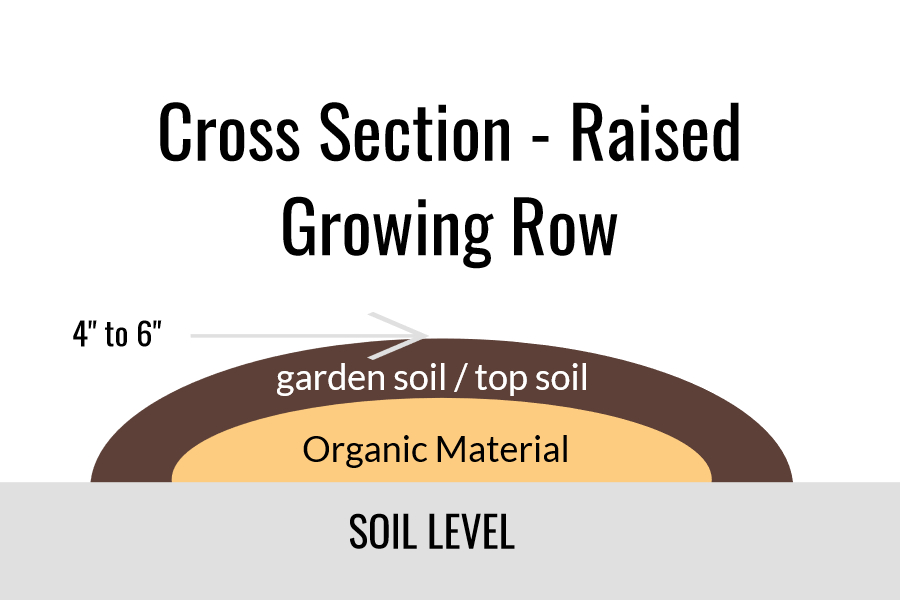
Building From An Existing Garden, Or From Scratch
Whether you create your raised rows from an existing garden, or starting entirely from scratch, the process of building the growing rows and walkways will be the same.
If starting from a grassy area, begin by mowing the area as close to the ground as possible. And when converting a traditional garden, just lay your rows out right on top of the soil.
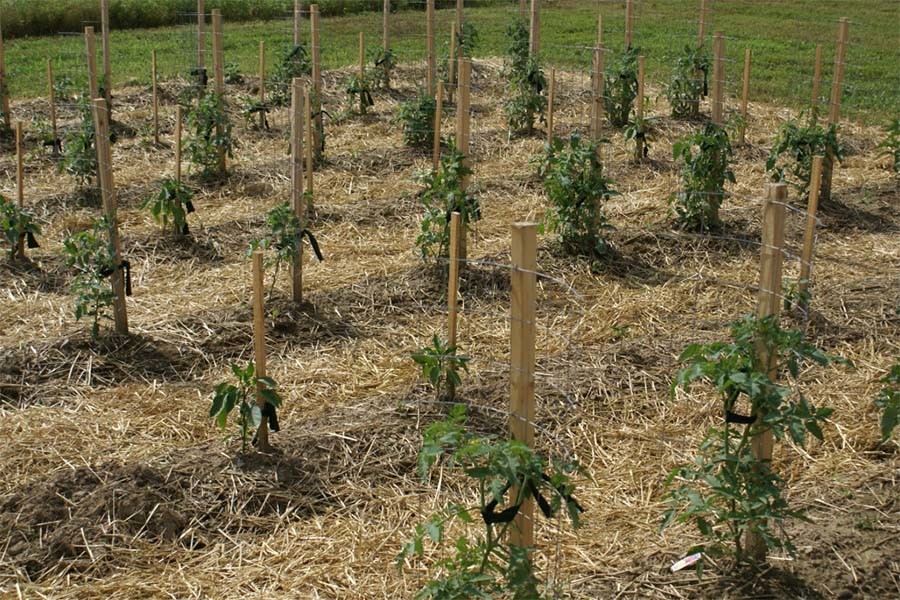
We had zero equipment when we created our first Raised Row Garden. In fact, we built our first rows right on top of a field of grass. We then brought in additional soil to place over the organic material.
There was no tiller, and very little work. And it really did work like magic!
The Fall Set Up Advantage
The one big advantage to setting up your rows and garden in the fall is you can plant a cover crop of annual (cereal) rye. Not only in your growing rows, but for the first set up in the fall, you can cover your walking rows too!
This will protect the entire space, and snuff out weeds everywhere – including the walking rows. Next spring, you simply mow three or four times until it all dies off.
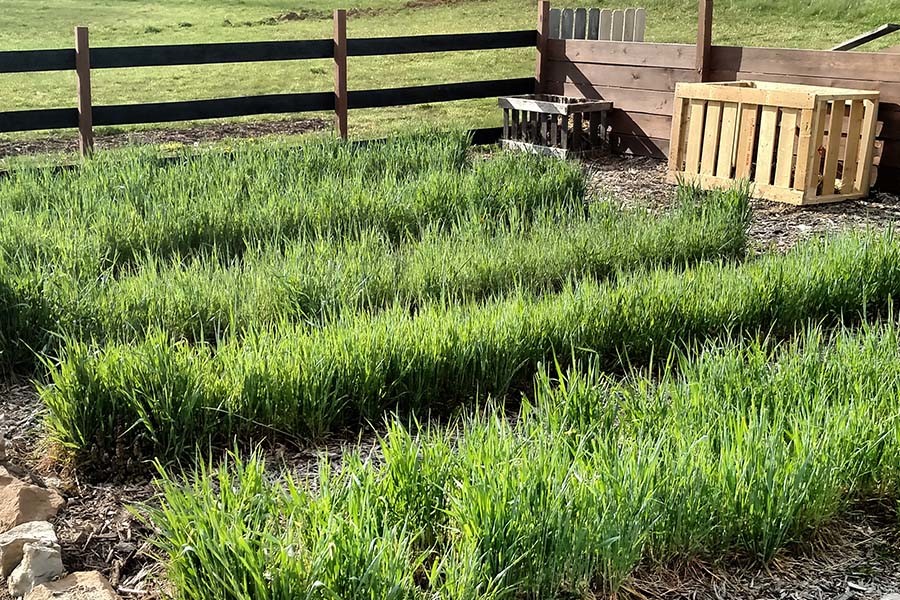
At this point, you can plant your growing rows, and also cover your walking rows in mulch for good. The dying rye underneath helps protect any weeds from ever coming through.
It is a win-win for you, and your garden! In subsequent years, you only need to plant your growing rows in rye, to keep the powerful, no-till process alive and well. (See : Planting An Annual Rye Cover Crop)
More On Raised Row Gardening
There is so many more advantages to Raised Row Gardening, like the ease of planting and maintaining in mid-season. For more info, be sure to check out our entire section on the website devoted to Raised Row Gardening: Raised Row Gardening Resource Page.
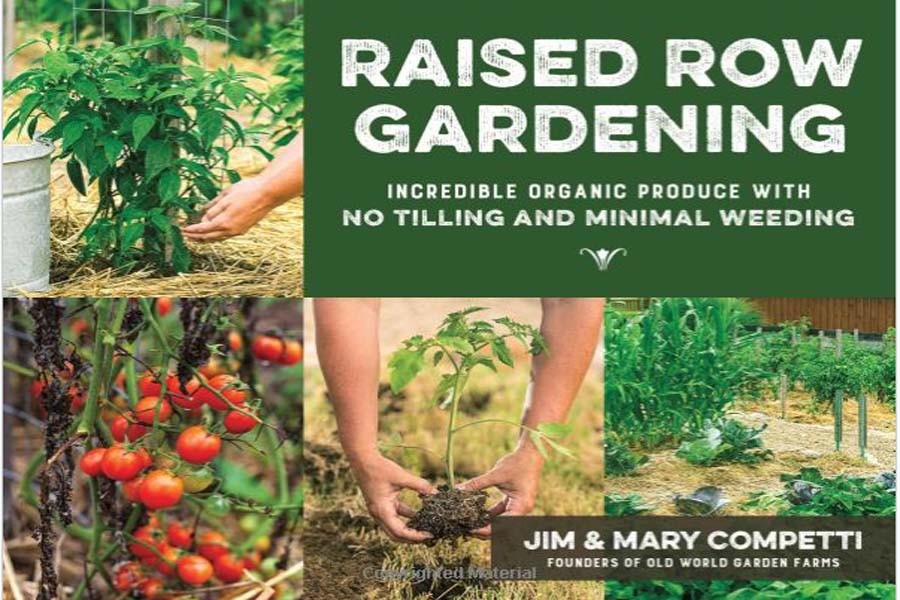
And for a complete, step by step full-color book, be sure to check our book : Raised Row Gardening. With nearly 200 pages of full color photos, illustrations and advice, the in-depth book covers everything from A to Z on Raised Row Gardening, including composting, companion planting, cover crops and more!
Here is to creating a Raised Row Garden this fall, and to putting the fun and productivity back into gardening next year! Happy Gardening – Jim and Mary.


How To Form Garden Rows
Source: https://oldworldgardenfarms.com/2020/09/24/create-a-raised-row-garden/
Posted by: seasedeaders50.blogspot.com

0 Response to "How To Form Garden Rows"
Post a Comment